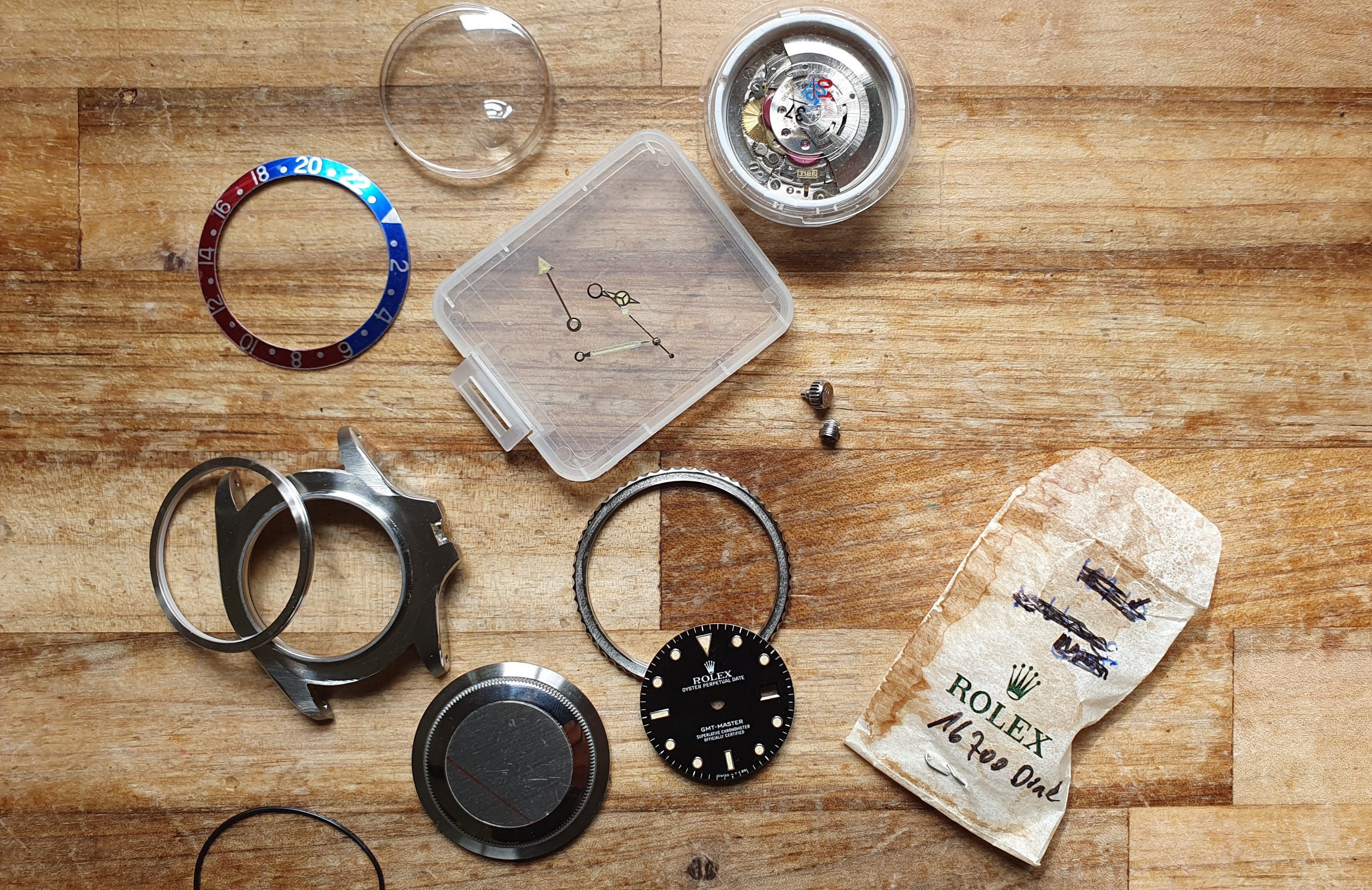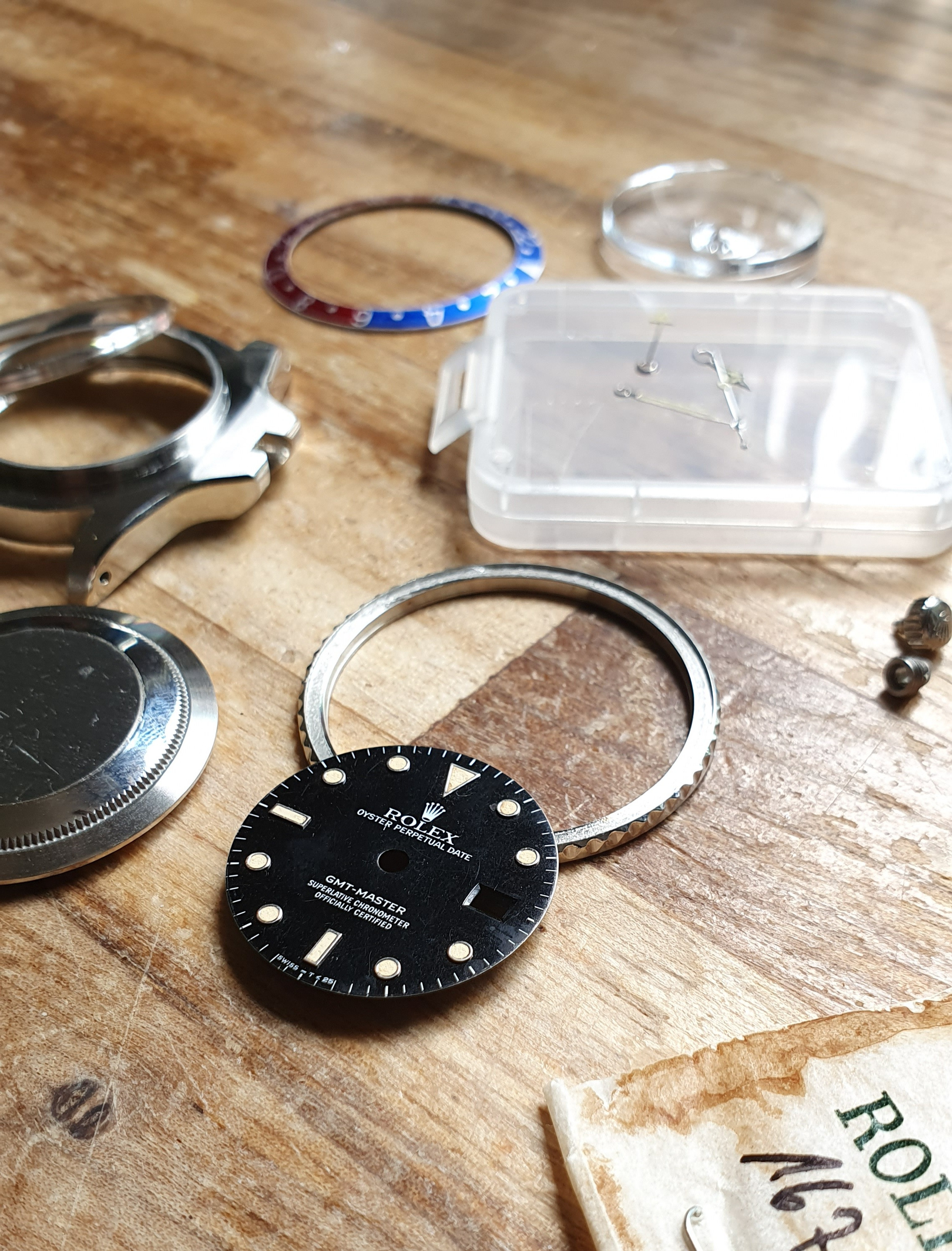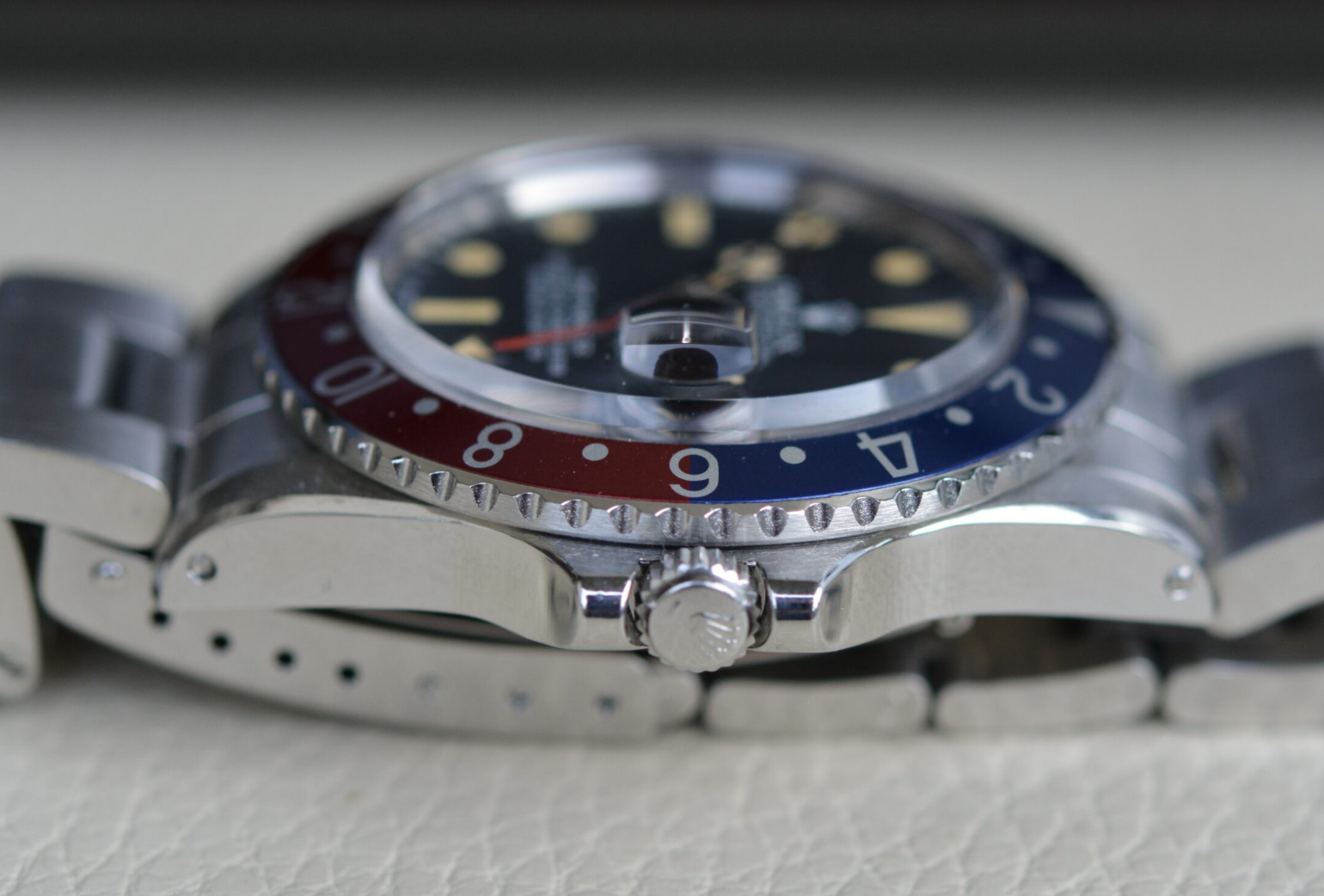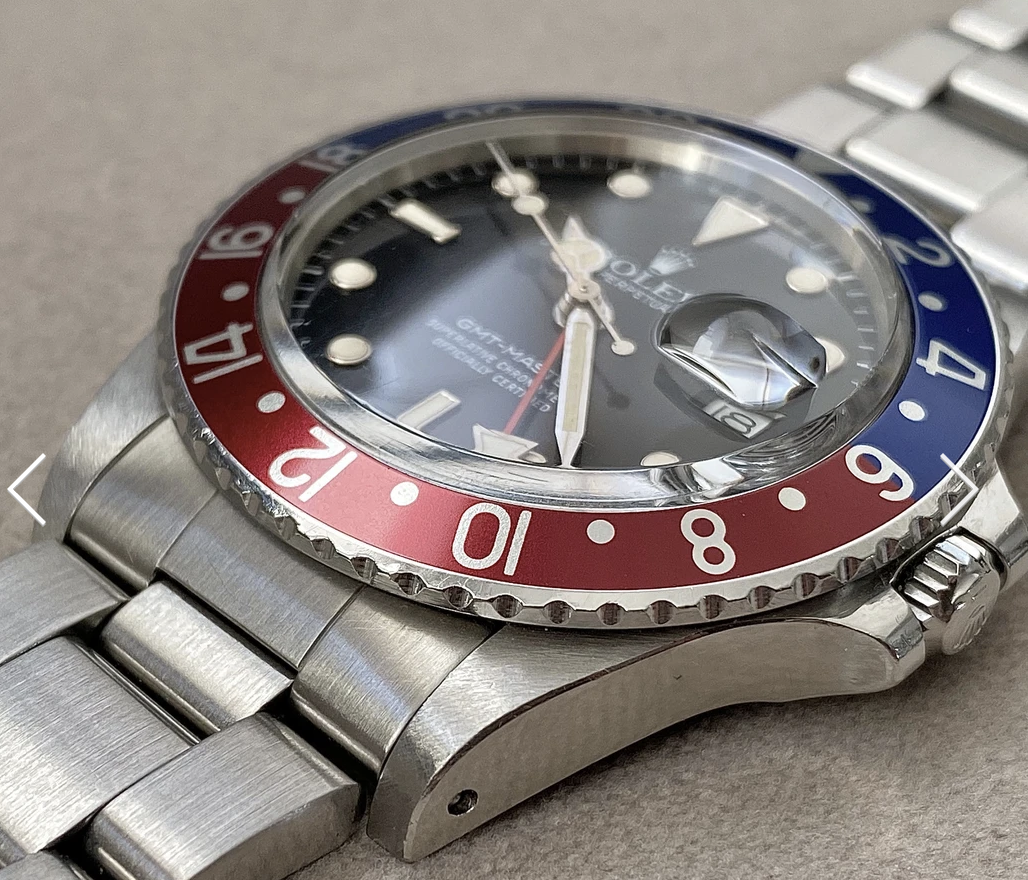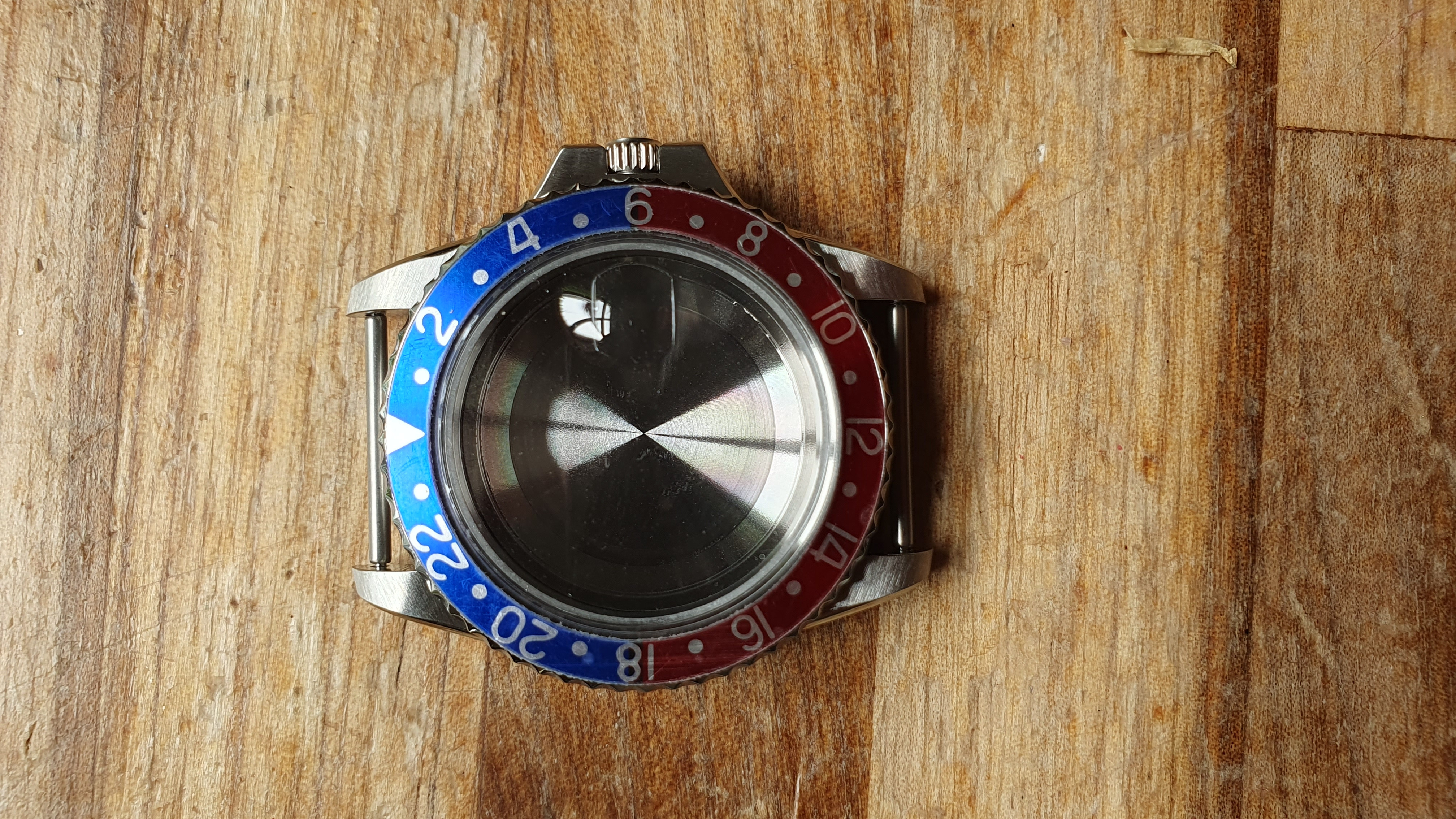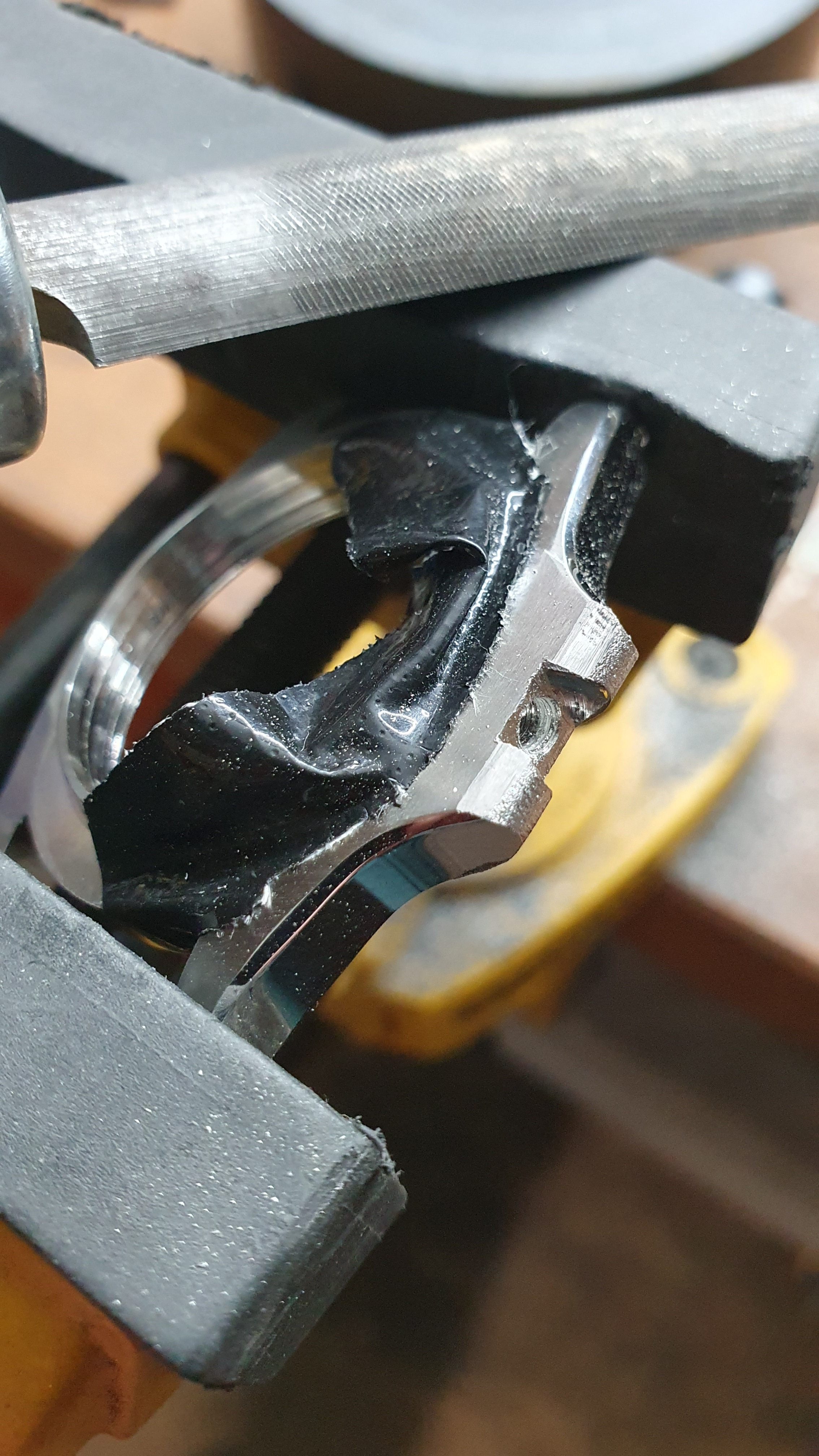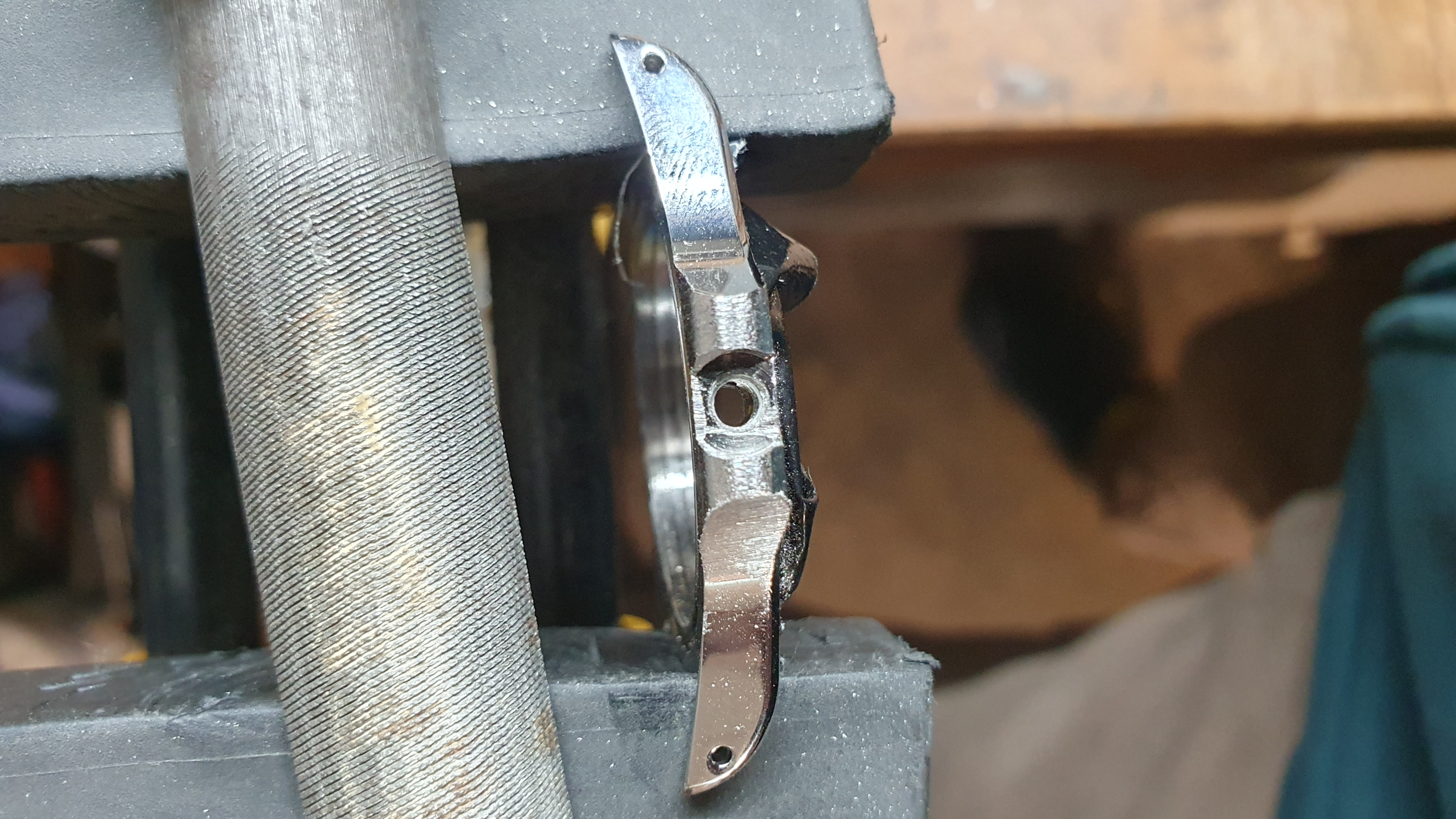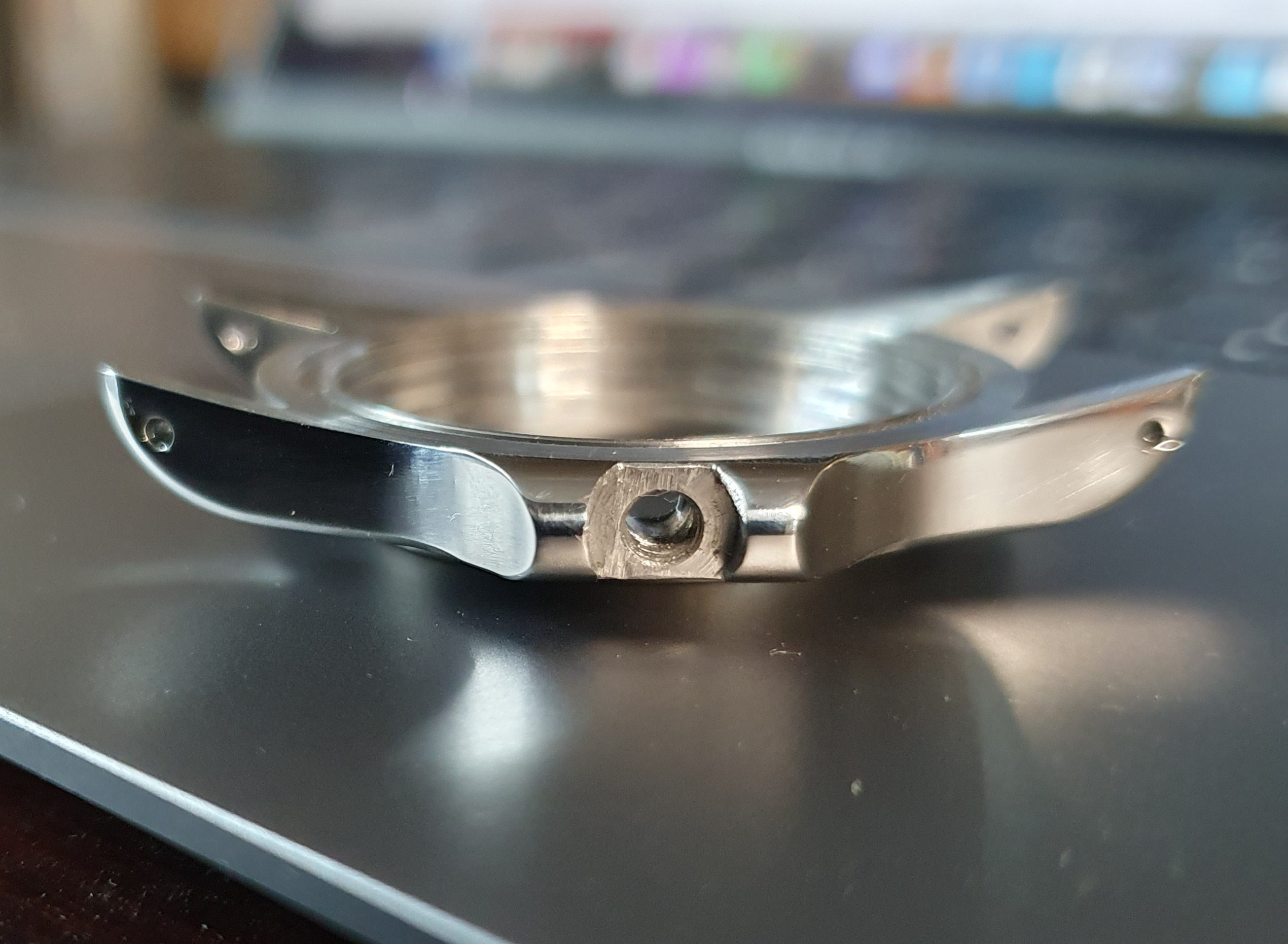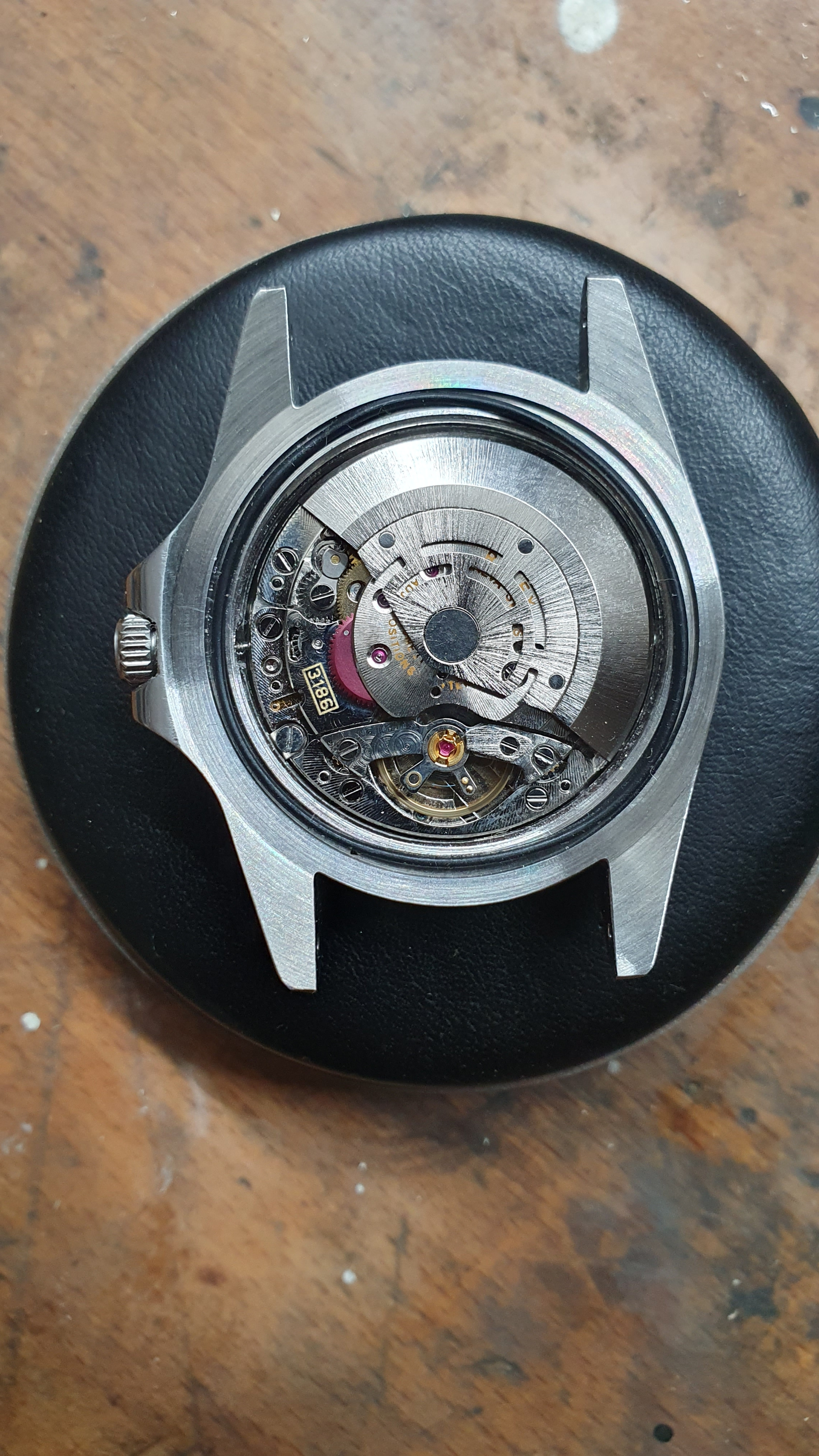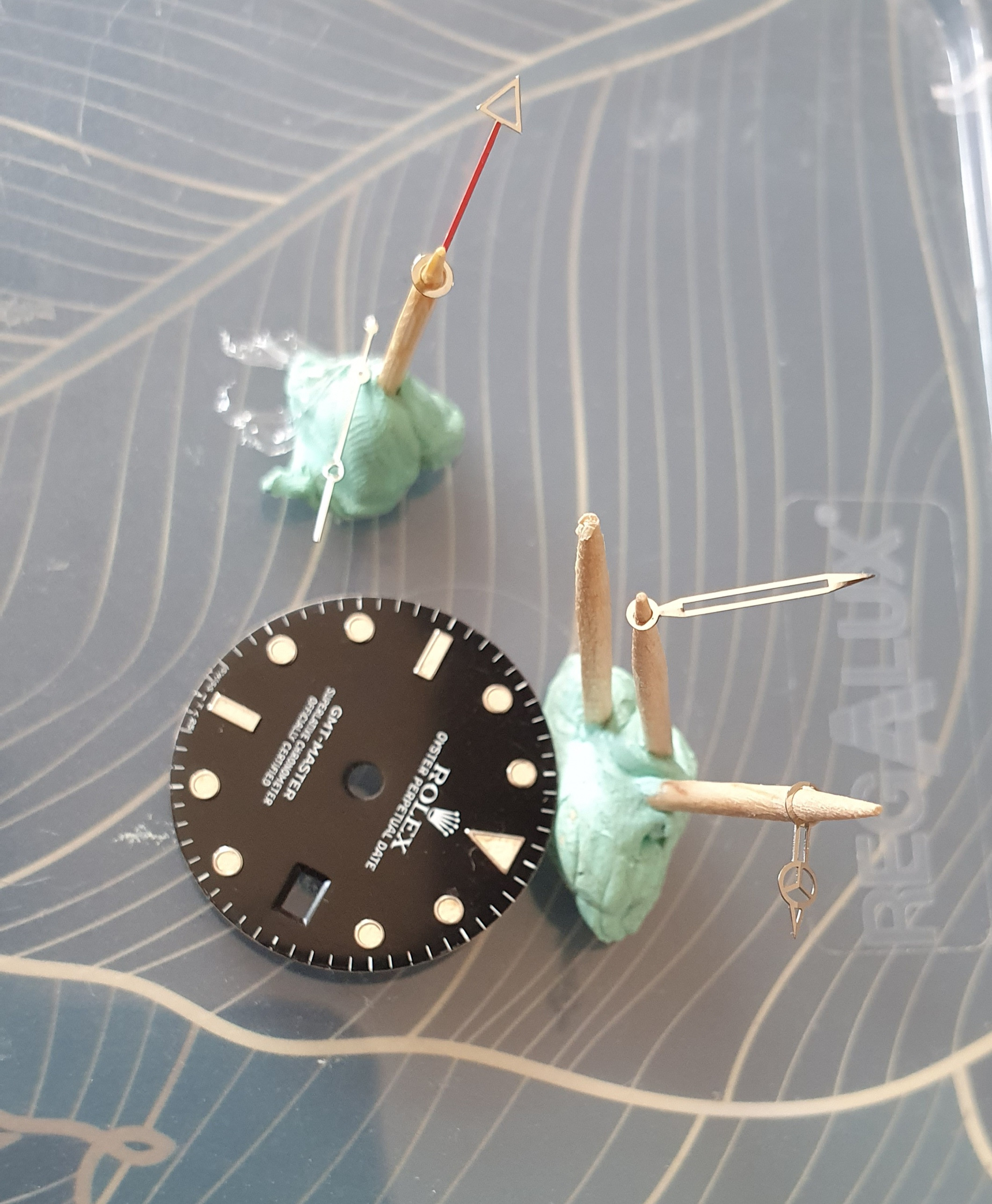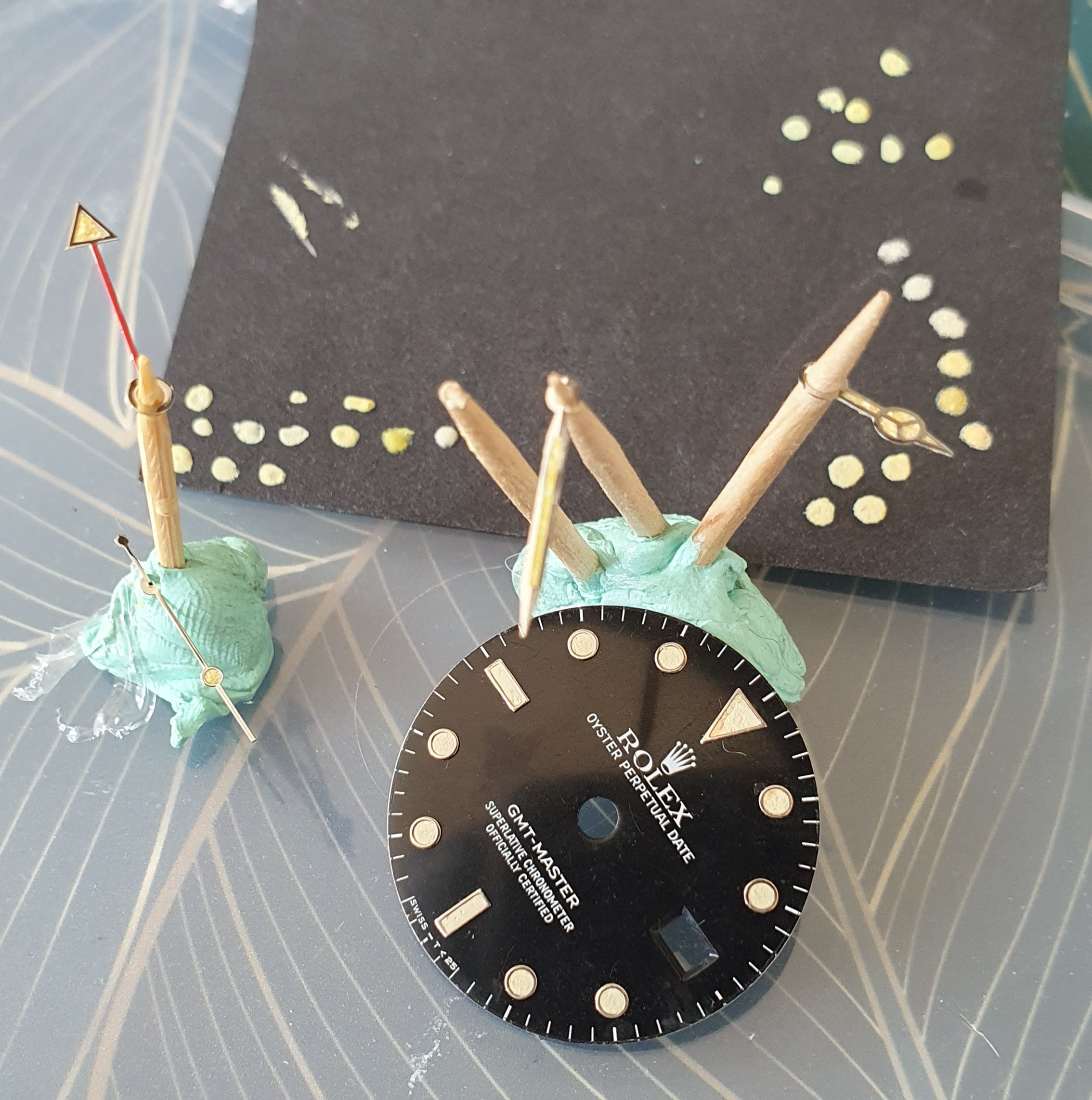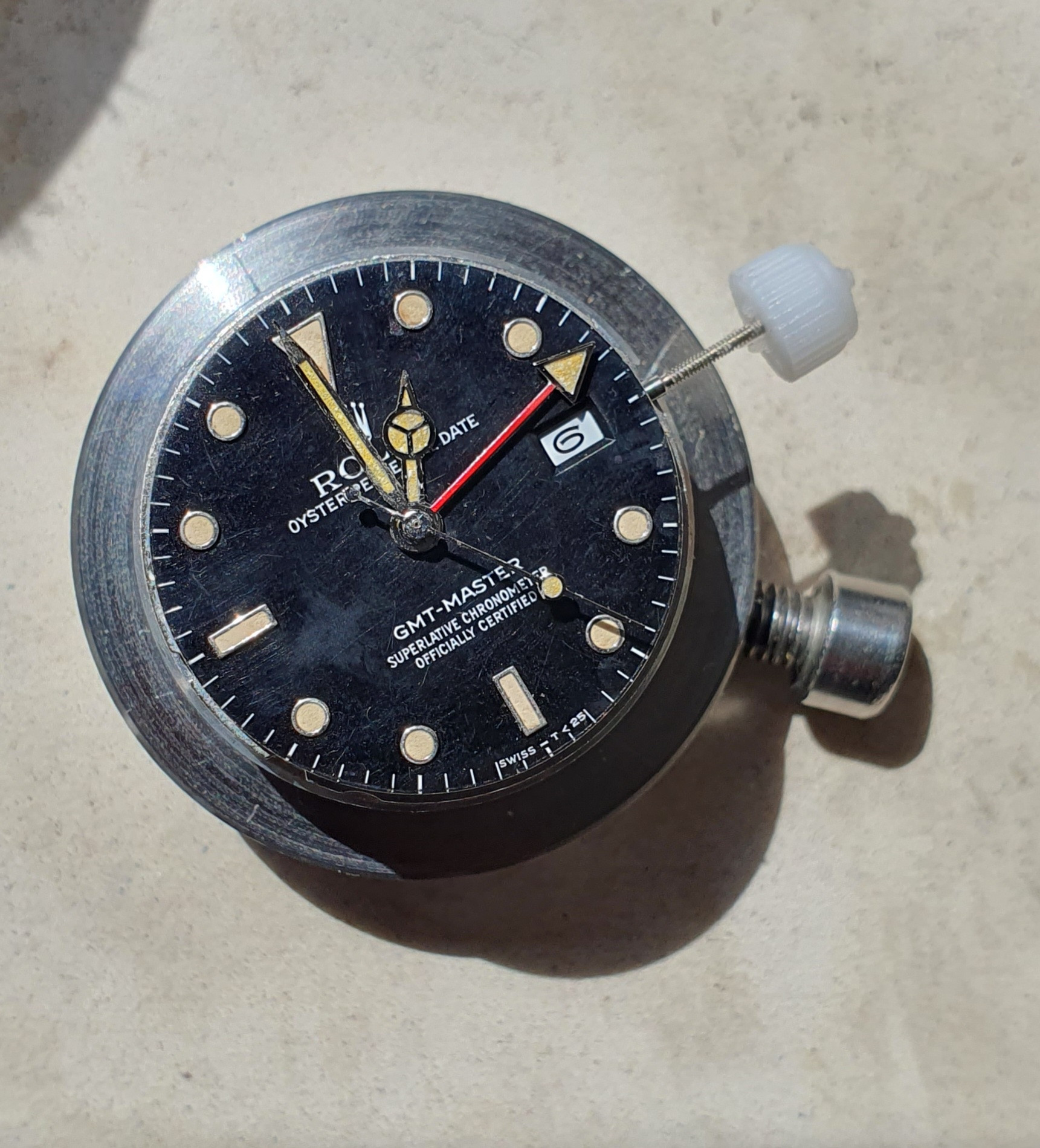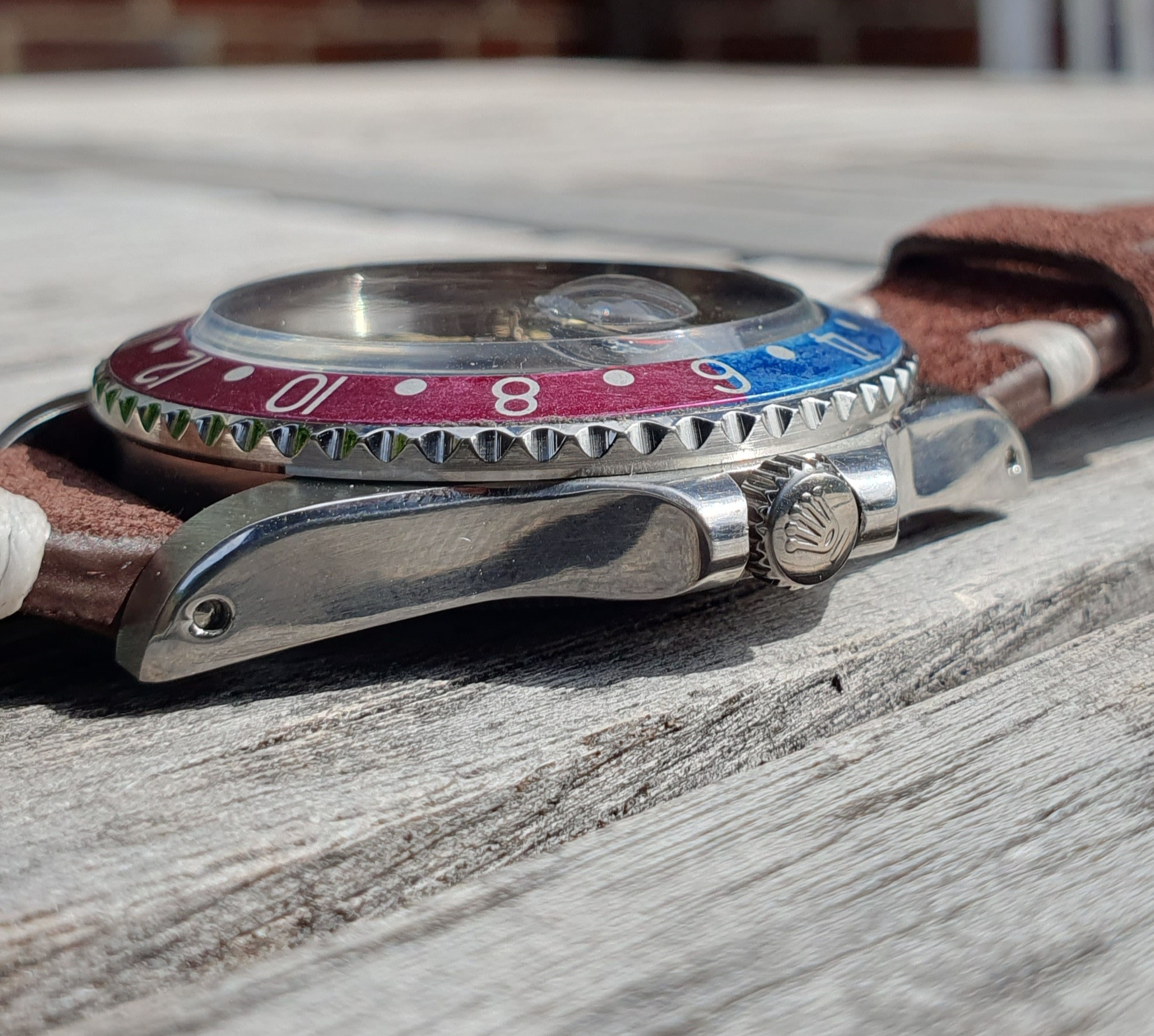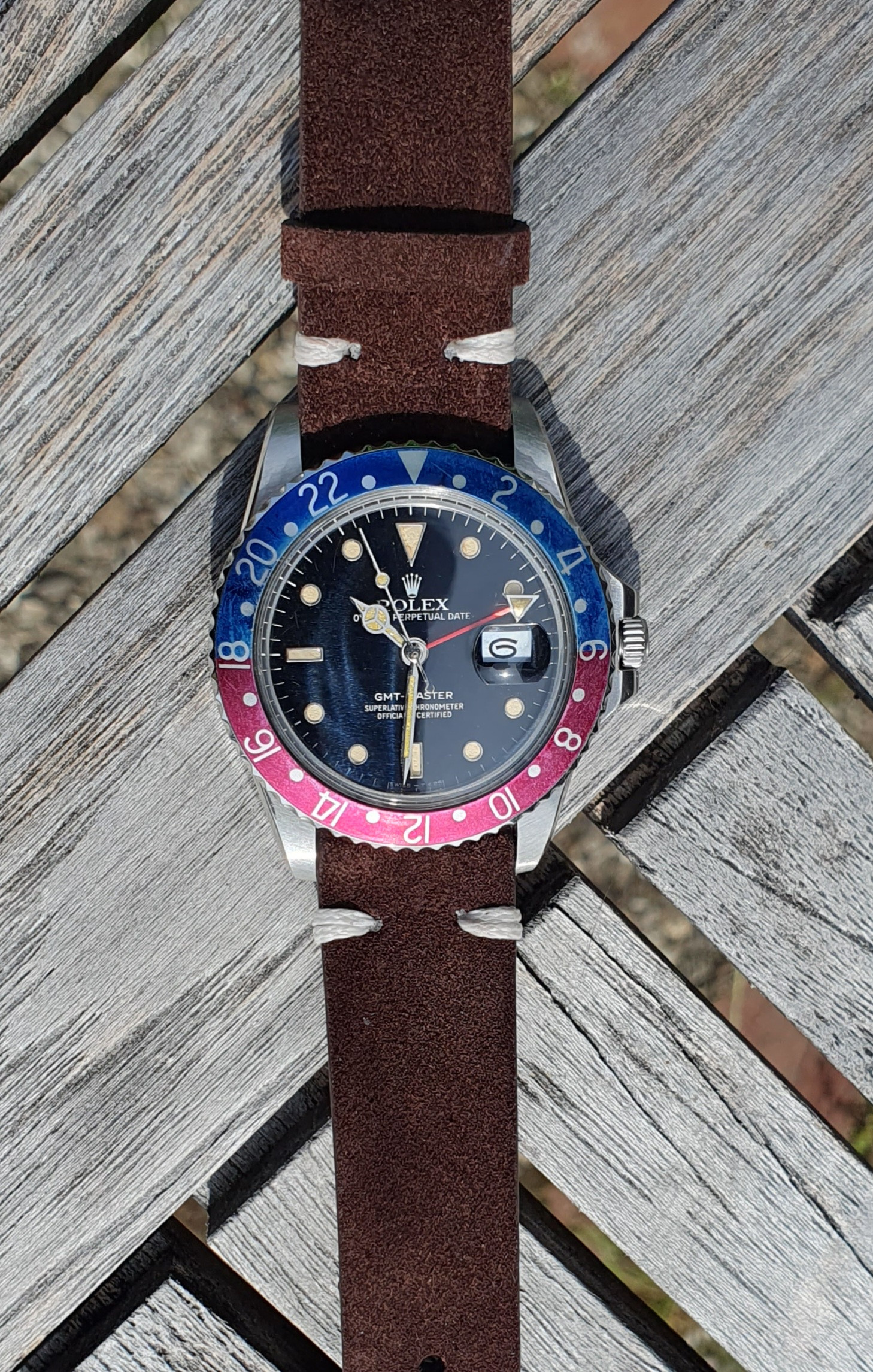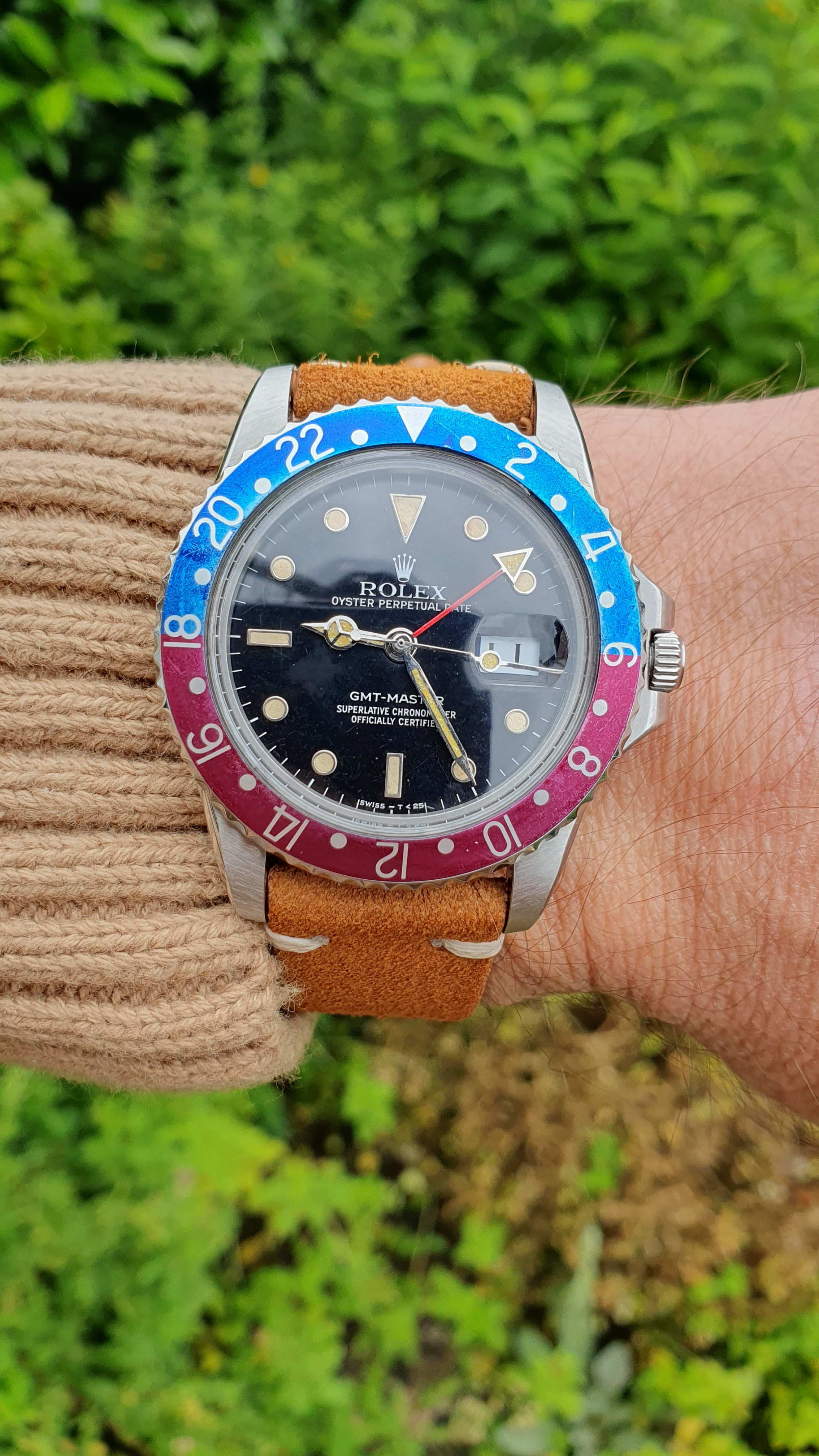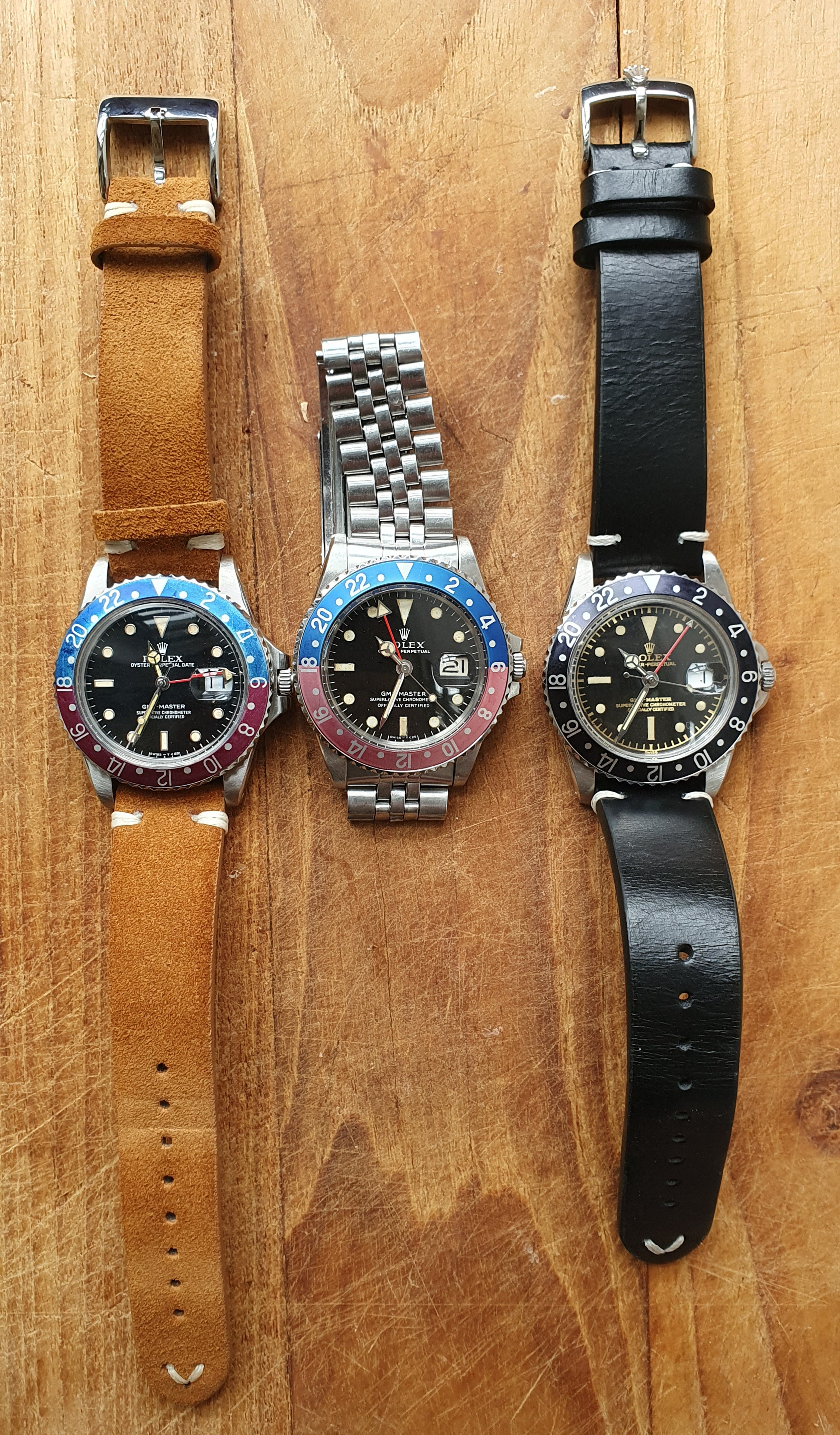I am a big fan of the older GMT-Master and had built already the early 1675 with and without gilt dial. The Rolex GMT-Master Ref. 16750 is an iconic model in the history of Rolex, known for its distinctive features and evolution over time. So it is time for a new project. And because I had not found a lot of information about this reference here, I decided to join my journey.
Here's a detailed history of this specific reference:
Introduction
- Launch Year: The Rolex GMT-Master Ref. 16750 was introduced in 1979, as a successor to the Ref. 1675.
- Production Period: This reference was produced until approximately 1988.
Features and Innovations
- Movement: One of the significant upgrades in the Ref. 16750 was the introduction of the new caliber 3075 movement, which replaced the caliber 1575 in the Ref. 1675. The caliber 3075 brought the quickset date feature, allowing the wearer to change the date independently of the hour hand, which was a substantial convenience.
- Hacking Feature: The movement also included a hacking feature, which allows the second hand to stop when the crown is pulled out, enabling precise time setting.
Design and Aesthetics
- Dial: Early versions of the Ref. 16750 featured a matte dial with painted hour markers surrounded by tritium for luminescence. Later versions transitioned to glossy dials with applied white gold hour markers, a characteristic change seen in the mid-1980s.
- Case: The case remained 40mm in diameter, consistent with its predecessor, but featured improved water resistance of up to 100 meters (330 feet), an enhancement from the previous 50 meters. There is no big difference to the Ref.1675 with the exception of crown guard shape.
- Bezel: The Ref. 16750 continued to use the bidirectional rotating bezel with a 24-hour scale, an essential feature for tracking a second time zone. The bezel inserts came in the classic "Pepsi" (red and blue) as well as all-black versions.
- Transition Model: The Ref. 16750 is often considered a transitional model in the GMT-Master line, bridging the vintage characteristics of the Ref. 1675 with the more modern elements that would appear in subsequent models.
Here a picture of a gen 16750 and some advertising of the 1980's:

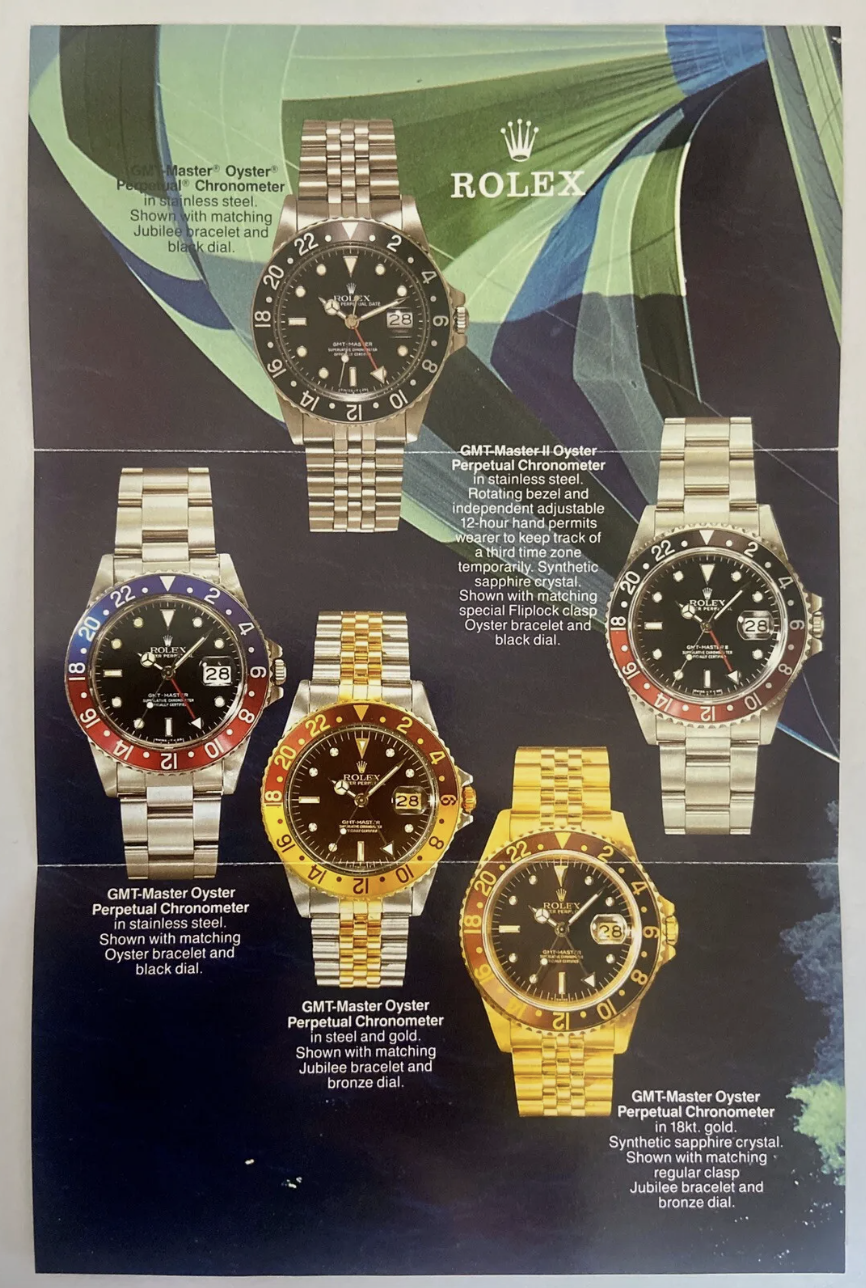
Here's a detailed history of this specific reference:
Introduction
- Launch Year: The Rolex GMT-Master Ref. 16750 was introduced in 1979, as a successor to the Ref. 1675.
- Production Period: This reference was produced until approximately 1988.
Features and Innovations
- Movement: One of the significant upgrades in the Ref. 16750 was the introduction of the new caliber 3075 movement, which replaced the caliber 1575 in the Ref. 1675. The caliber 3075 brought the quickset date feature, allowing the wearer to change the date independently of the hour hand, which was a substantial convenience.
- Hacking Feature: The movement also included a hacking feature, which allows the second hand to stop when the crown is pulled out, enabling precise time setting.
Design and Aesthetics
- Dial: Early versions of the Ref. 16750 featured a matte dial with painted hour markers surrounded by tritium for luminescence. Later versions transitioned to glossy dials with applied white gold hour markers, a characteristic change seen in the mid-1980s.
- Case: The case remained 40mm in diameter, consistent with its predecessor, but featured improved water resistance of up to 100 meters (330 feet), an enhancement from the previous 50 meters. There is no big difference to the Ref.1675 with the exception of crown guard shape.
- Bezel: The Ref. 16750 continued to use the bidirectional rotating bezel with a 24-hour scale, an essential feature for tracking a second time zone. The bezel inserts came in the classic "Pepsi" (red and blue) as well as all-black versions.
- Transition Model: The Ref. 16750 is often considered a transitional model in the GMT-Master line, bridging the vintage characteristics of the Ref. 1675 with the more modern elements that would appear in subsequent models.
Here a picture of a gen 16750 and some advertising of the 1980's:



